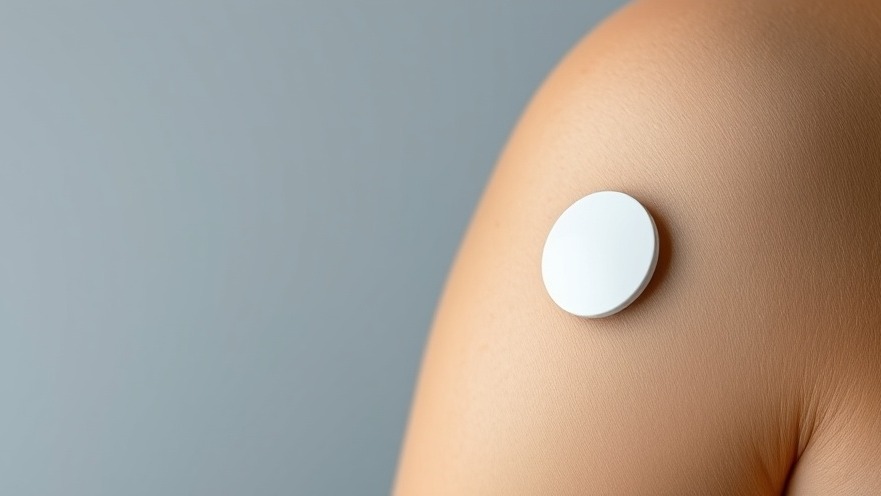
Understanding Continuous Glucose Monitors: A New Era for Health Tracking
Continuous glucose monitors (CGMs) have emerged as a trendy tool in the health technology landscape, particularly in the realm of wearable devices. These small patches, about the size of two stacked quarters, are designed to track blood sugar fluctuations in real-time, offering users insights that could potentially alter their health management strategies. But as the buzz around CGMs increases, a fundamental question arises: Are these devices truly necessary for everyone, or are they best reserved for individuals managing diabetes?
The Medical Value of Continuous Glucose Monitoring
For those diagnosed with diabetes, CGMs provide pivotal support. They enable monitoring of blood sugar levels, allowing patients to make informed decisions regarding their diet, medication, and lifestyle choices. Currently affecting over 38 million Americans, diabetes significantly heightens the risk for serious health complications, including cardiovascular diseases and vision impairments. Organizations such as the CDC advocate for regular glucose monitoring as a component of comprehensive diabetes care.
Are CGMs Overhyped for the General Population?
Despite their proven benefits for diabetics, many health professionals express caution about their application for non-diabetic individuals. Dr. Jody Dushay, an endocrinologist at Beth Israel Deaconess Medical Center, emphasizes that healthy individuals generally maintain effective glucose regulation. “When healthy people eat a meal that contains carbohydrates, their blood sugar rises, peaks, and falls in a normal pattern,” she explains. The concern lies in the potential for normal glucose fluctuations to be misinterpreted as problematic, leading to unnecessary anxiety or lifestyle changes.
The Role of Marketing in CGM Popularity
The increasing popularity of CGMs among the non-diabetic population can be attributed largely to aggressive marketing tactics by high-profile advocates like Casey Means. While their enthusiasm helps propel sales, it raises questions about the implications for health and wellness perception. Are we encouraging a culture of hyper-awareness where individuals feel the need to track every aspect of their health, even when they do not have a condition that necessitates it?
Understanding the Technology Behind CGMs
CGMs function by embedding a tiny sensor just under the skin, where it continuously measures glucose levels in the interstitial fluid. This data is communicated to smartphones and display devices, providing users with a flowing stream of information about their blood sugar. The constant feedback can be useful, but it also has potential downsides. Inaccuracies in readings can mislead users, prompting inappropriate dietary or physical changes based on faulty data.
Implications for Health Practices and Patient Guidance
Healthcare practitioners must navigate these evolving trends to provide balanced advice to patients considering adopting CGMs. Understanding normal blood sugar patterns and interpreting monitoring data accurately is essential. For the majority of healthy individuals, a traditional dietary approach and routine physical activity may suffice for effective health management.
Practical Tips for Health Practitioners
For concierge health practitioners keen on assisting patients in navigating the changes in health technology, here are some practical recommendations:
Educate Patients: Discuss the differences in CGM benefits between diabetics and non-diabetics.
Contextualize Data: Help patients understand the normal physiological responses of blood sugar to meals.
Promote Balanced Health Approaches: Encourage preventative measures such as regular exercise and balanced diets over anxiety-inducing tech monitoring.
Looking Ahead: The Future of Health Monitoring
As health technology continues to advance, the landscape of health management is transforming. The role that continuous glucose monitors play may change as more research emerges regarding their efficacy and necessity among populations without diabetes. It's vital for health practitioners to stay informed about these developments and be prepared to guide their patients toward appropriate health choices amidst the hype.
As we consider the future of health monitoring, staying engaged with ongoing research and evidence will empower practitioners to provide the best possible care for their patients while filtering out the noise surrounding emerging technologies.
 Add Row
Add Row  Add
Add 




Write A Comment